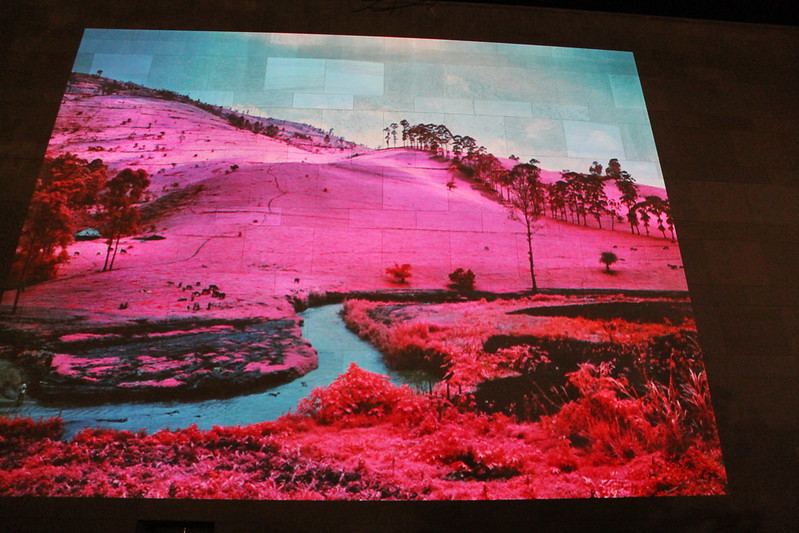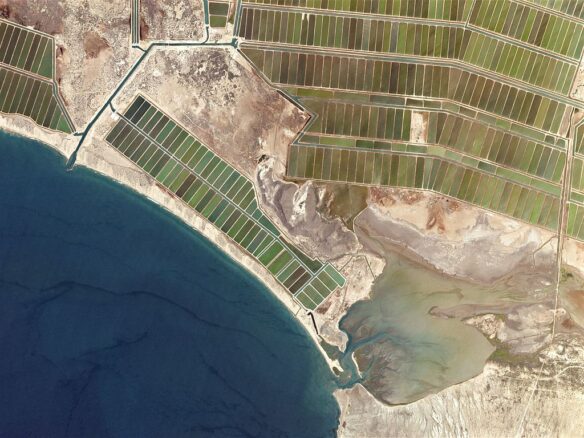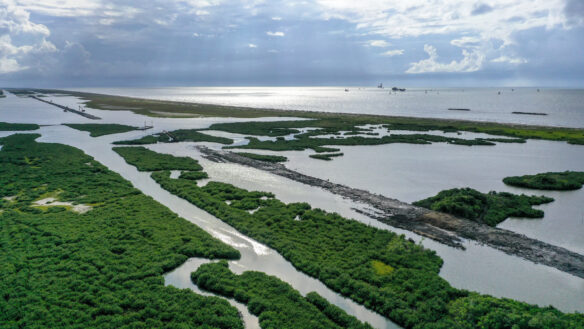Excerpt:
Striking work by photographer Richard Mosse shows how merging art and technology can cut through dry data.
Perhaps one of the most salient marks of human ingenuity is our ability to peer into places our eyes were never designed to see. We can now glimpse the birth of distant galaxies with the Webb telescope, or spot structures hidden deep inside the human cell through electron cryomicroscopy. And for decades, scientists have been using remote sensing technologies to monitor the planet. From lidar systems creating three-dimensional images of forest biomass to satellite imagery tracking changes in tree cover, these tools can keep watch on ecosystems that serve as the lungs of the planet.
But through an artist’s eye, such technological tools can transcend their scientific purpose to deliver insights about our fast-warming planet that are more likely to resonate with the public.
When photographer Richard Mosse set out to tell the story of climate change, part of the challenge was how to document a complex problem that’s hard to see. He zoomed in on the Amazon, where in 2020, the worst fires in a decade ravaged the rainforest and stretched south to the Pantanal, the world’s largest tropical wetland. The soil there was so parched that fires burned through dried out roots below the earth’s surface.
Mosse was able to capture the subterranean fires hidden to the human eye through a multispectral camera, which uses multiple sensors to gather light reflected off the Earth at discrete narrow bandwidths — a specialized technology that allowed Mosse to document systematic destruction and environmental crimes across remote parts of the Brazilian Amazon over the past five years.
The result, which has appeared in multiple exhibitions worldwide and a new book, shows how techniques drawn from science can help artists, communicators, and scientists bring the forces that fuel climate change or destroy nature closer to the public eye. While Mosse doesn’t exclusively rely on scientific tools — for example, some of his work consists of scenes shot in black and white infrared film — the way he makes use of imaging technology is a critical part of the narrative. His work demonstrates how such techniques can be leveraged to cut through dry data and help people connect to global issues that matter…









